Square The Range Trading System
$38.51
| Author(s) | |
|---|---|
| Product Type |
Ebook |
| Format |
|
| Skill Level |
Intermediate to Advanced |
| Pages |
104 |
| Publication Year |
2012 |
| Delivery |
Instant Download |
“Square the Range Trading System” by Michael S. Jenkins is one of the most advanced, geometry-driven trading methodologies ever published for forecasting market turning points. This work refines Jenkins’ lifetime study of time-price equivalence, nodal analysis, harmonic angles, and range-based geometry—culminating in a repeatable framework for predicting tops and bottoms with precision.
The book builds on the foundational idea that every price movement has a time equivalent, and that market swings can be “squared” using angles, nodes, arcs, and fractal symmetry. Jenkins demonstrates how traders can identify the exact bar where price and time reach equilibrium, using tools such as 45-degree timing lines, node-based axis trees, harmonic angles, arcs, and trigonometric projections.
Unlike traditional Gann interpretations, Jenkins provides a direct, actionable structure rooted in reverse-engineering chart behavior. He shows how to derive angles from observed pivots, how to use mirror-image foldbacks, and how to interpret “ripples in the pond” to forecast subsequent oscillations. The manual walks through dozens of real-chart examples across S&P futures, equities, currencies, and intraday timeframes—demonstrating repeated, time-accurate turns.
This is a sophisticated manual for traders seeking to master geometric market forecasting. Jenkins explains how to fit angles to nodes, how to scale charts correctly, how to detect harmonic repetition, and how to apply the “Square the Range” methodology to any liquid market. For traders serious about precision turning-point forecasting, this work is a technical blueprint of exceptional depth.
✅ What You’ll Learn:
- How to square market ranges by equating vertical price movement with horizontal time.
- Identification and use of nodal points and axis tree intersections for forecasting.
- How to construct and adjust 45-degree timing lines, arcs, and harmonic angles.
- How to reverse-engineer chart behavior to derive predictive geometric angles.
- How to detect mirror-image foldbacks, fractal repetitions, and harmonic symmetry.
- How to apply Jenkins’ “TCB — Time Conversion Bar” technique.
- Techniques for squaring ranges on daily, hourly, and minute charts.
- How to use scaling adjustments to correct chart distortions and maintain consistent geometry.
- Practical trading applications: swing turns, intraday reversals, timing windows, and measured moves.
💡 Key Benefits:
- A professional-grade geometric system for precise turning-point forecasting.
- Applicable to all markets: stocks, futures, forex, and indices.
- Helps identify trend exhaustion, breakout traps, and reversal zones in advance.
- Provides structure for both short-term and long-term timing cycles.
- Enhances risk management through objective timing/price confirmation.
- Offers a repeatable method grounded in observable chart behavior, not indicators.
👤 Who This Book Is For:
- Intermediate and advanced traders seeking a non-indicator, geometry-based methodology.
- Gann analysts who want a modern, practical approach to time-price equilibrium.
- Swing traders and futures traders who need precise timing for entries and exits.
- Technical traders who rely on structure, symmetry, and pattern repetition.
- Anyone studying Michael Jenkins’ work or exploring geometric forecasting.
📚 Table of Contents:
- Time & Price Vectors
- Square The Range
- 360 Degree Time and Price
- Ratio Timing Line Square Outs
- The Nodal Pivot
- Scaling
- Final Concepts
- Step by Step Review
Square The Range Trading System By Michael S. Jenkins
17 reviews for Square The Range Trading System
Clear filtersOnly logged in customers who have purchased this product may leave a review.



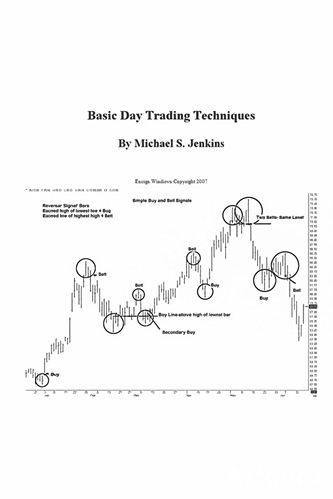
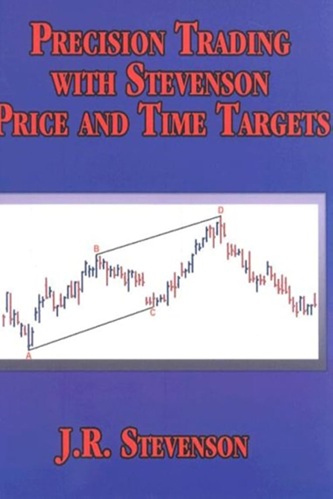
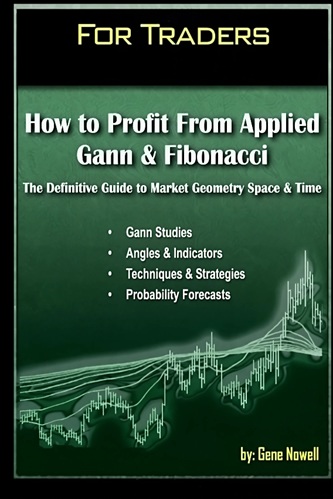
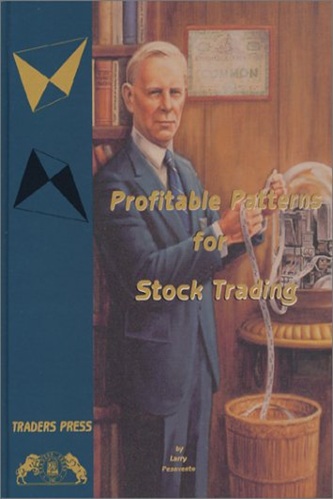
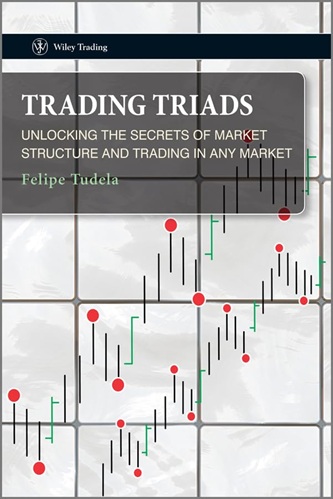
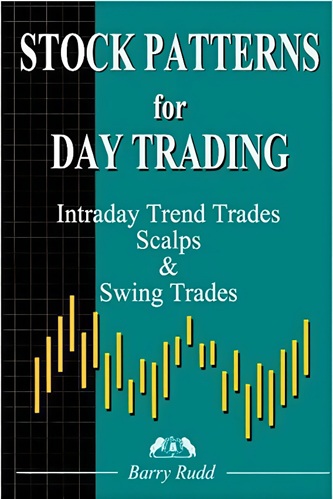
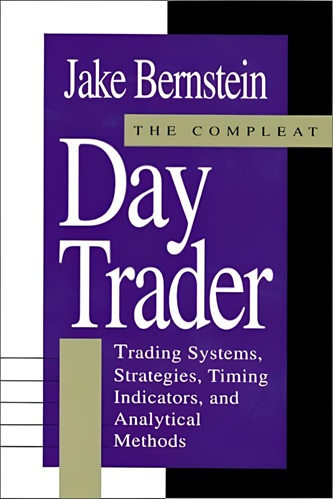
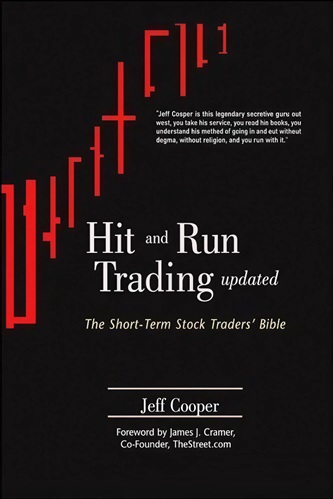
Mariah Solis (verified owner) –
Don’t expect any coding or indicators here – just you, clean price charts, pens and highlighters. It’s a reminder of elegance lost in modern automated approaches. But work and subjectivity remains in identifying repetitive structures. Effort and skills needs development.
Kairo Cantrell (verified owner) –
As a seasoned trader I didn’t expect such a shift in perspective so late in my game. But techniques here aligned perfectly with mistakes I’ve made not respecting cycles and repeat behaviors. I trade far less but earnings each trade have ballooned. Game changer.
Brielle Sanchez (verified owner) –
I’ve been trading for years but still learned an enormous amount from this book. Spotting subtle fractal repetitions and properly squaring ranges results in very high probability trades. My win rate has gone way up this quarter already.
Jolie Underwood (verified owner) –
The author clearly has deep insight into market behaviors. This goes way beyond random walk theory. Following the outlined techniques of studying past charts gives a huge edge for timing profitable trades. Work and dedication is still required but the edge is real.
Santiago Watkins (verified owner) –
This system contradicts so many investing rules I’ve learned over the years. But I can’t argue with my returns leveraging cyclic analysis. It takes an open mind and discarding assumptions around randomness but the logic just works for me. Past does predict future.
Devin Holland (verified owner) –
This opened my eyes to a world I never considered in a decade of trading. Eerie how well past fractal behaviors provide clues to major future inflections if you know how to spot them. Still refining techniques but believe this provides an elite edge with enough practice.
Lola Maldonado (verified owner) –
My mentor suggested this book to transition my approach from fundamentals to technicals. I expected voodoo but the ordered, mathematical nature of fractal geometry as applied to charts has me convinced. My trading style will never be the same after absorbing these lessons.
Avayah Garrett (verified owner) –
Don’t treat these rules as gospel – creativity and experimentation around fractals pays off big. The principles are sound but applying concepts fluidly vs rigidly in spots has helped refine my adaptive approach. Fantastic springboard to launch your development.
Riley Foster (verified owner) –
As a casual trader I was completely lost before reading this book. The clear explanations of chart patterns and step-by-step trading rules opened my eyes to a whole new approach. My trading results have improved drastically thanks to implementing this excellent system.
Drew Peterson (verified owner) –
I’ll admit some concepts were over my head initially being new to chart analysis. But the clear examples and guidelines for spotting important patterns kept me going. A few key insights made so many chart formations finally click for me. Very worthwhile read.
Charlie McCarthy (verified owner) –
I still combine fundamentals analysis with incorporating these technical principles – cyclic trends don’t negate macro conditions. But filtering trades through the lens of repetitive time and price behaviors eliminates many bad bets I’d make otherwise. Win rate up significantly.
Salem Galvan (verified owner) –
If you expect this to be a passive strategy look elsewhere. Proper application takes active reading of chart history and identifying unique signatures for each stock. But insights uncovered from dedication are invaluable for consistently well-timed trades.
Yamileth O’brien (verified owner) –
The most difficult aspect has been silencing that voice saying past performance doesn’t dictate future. But empirical results speak for themselves – proper fractal analysis provides probabilistic outcomes consistently. Fundamentally shifted my belief systems around uncertainty.
Kingsley Hayden (verified owner) –
I leverage advanced quantitative models and still learned an immense amount from this book. There are statistical explanations why these fractal techniques work but the intuition and chart examples ring true regardless of background. Crystalized so many concepts I had questioned for years.
Javier Griffin (verified owner) –
Don’t let hubris lead you to think you’ll master this in a week as I did. There are subtle nuances around confirming signals, support and resistance calculation, and scaling. But dedicating the time needed to ingest this system pays rewards for years to come.
Ronin Conley (verified owner) –
Some dismissed concepts seemed like numerology at first. But applying techniques revealed logic in market movements I never registered before. I can literally see order emerging from what I used to consider randomness. My mental models of markets have expanded exponentially.
Reece Woodward (verified owner) –
Don’t expect to just skim through this and start making money. Applying these principles takes patience and practice. But having doubled my returns after months of chart review and demo testing, I’m a believer in the power of understanding repetitive fractals.